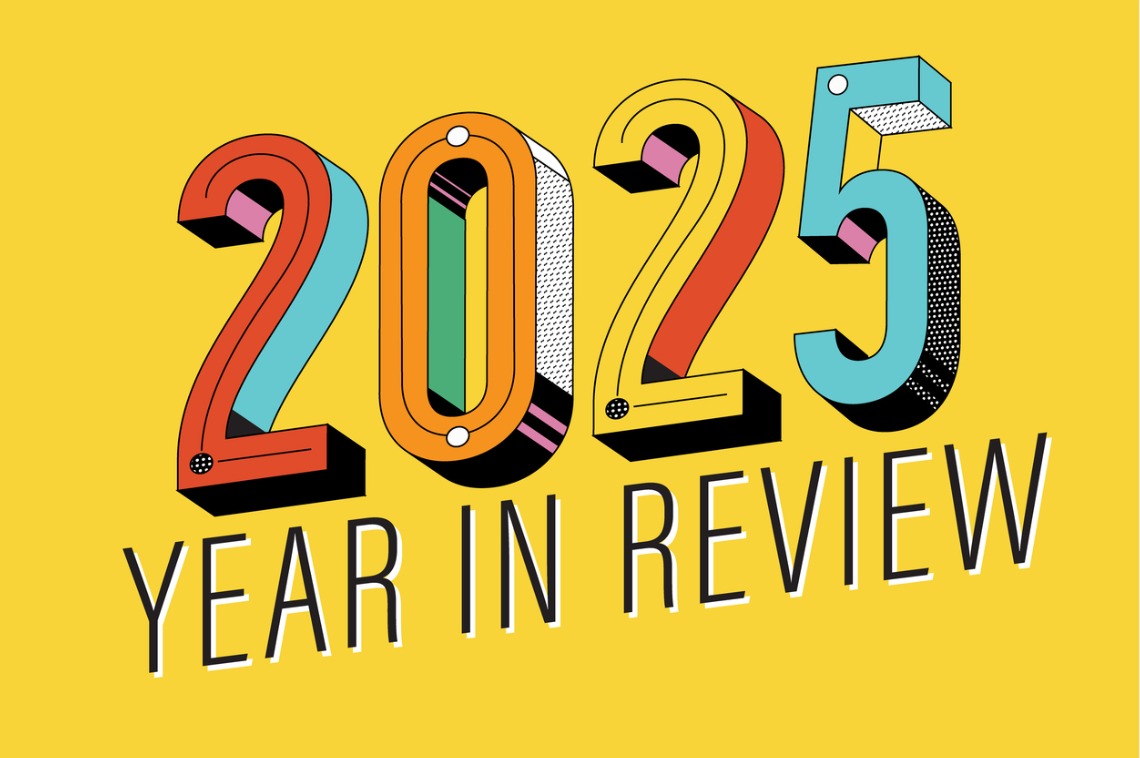I
n the 1980s, a housing boom pushed mortgage rates and home prices sky‑high. When inflation surged, rates climbed, sales plunged, and affordability gaps widened—an echo of today’s slowdown that began in 2022.
**Key Takeaways**
- Late 1970s‑early 1980s: Baby boomers chased homes, driving demand. Inflation and a sharp rise in mortgage rates (from under 3 % to nearly 8 %) cut sales by almost 50 %, while prices kept climbing.
- 2021‑2025: Millennials entered peak buying years. The pandemic lowered rates to historic lows, sparking a boom. Inflation hit, rates jumped, sales slowed, and affordability tightened.
- Current outlook: A rebound may come, but not from falling rates. Instead, life‑event‑driven purchases—marriage, job moves, family growth—will likely sustain growth.
**Historical Context**
Between 1978 and 1982, baby boomers dominated the market. Prices and inflation spiked, but the 1981 peak of 18 % for 30‑year mortgages began to fall, eventually dipping below 10 % by 1987. The 1980s saw a dramatic correction: rates fell, sales rose, but the subsequent savings‑and‑loan crisis and recession in the late 1980s forced a multi‑year decline in sales.
Today’s market mirrors that pattern, but the dynamics differ. Mark Fleming, First American’s Chief Economist, notes that while the 2020‑2023 rate jump (from <3 % to ~8 %) was painful, the return to “historical norms” (6‑8 %) will be less abrupt. Current rates around 6.3 % are unlikely to drop significantly in the near future.
**Rebound Drivers**
Fleming argues that the mid‑1980s rebound was largely rate‑driven. In contrast, the current environment lacks a comparable rate decline. Instead, the market will recover more slowly, fueled by life events rather than affordability gains from lower rates. The challenge is to grow a market that remains accessible to buyers who cannot rely on rate‑driven affordability.
**Future Sales Outlook**
U.S. News & World Report projects a gradual rise in existing home sales from 4.55 million in 2026 to 4.9 million in 2030. Constraints include limited suitable land, rising material costs, and potential construction impacts from immigration policy changes. However, modest growth may be beneficial; the 1980s surge ultimately led to a downturn.
**Market Resilience**
Lessons from the S&L crisis and the 2008 subprime collapse have hardened the U.S. housing market. Today’s loans are largely to high‑quality borrowers, with minimal subprime exposure. Most mortgages are fixed‑rate, and adjustable‑rate products lack payment‑shock features. Homeowners typically hold equity, providing a safety net.
In sum, the 1980s and today share a pattern of boom, rate spikes, and sales slowdown, but the path to recovery now hinges on life events rather than falling rates. The market is poised for a steady, if modest, rebound, supported by a more resilient lending environment and lessons learned from past crises.














